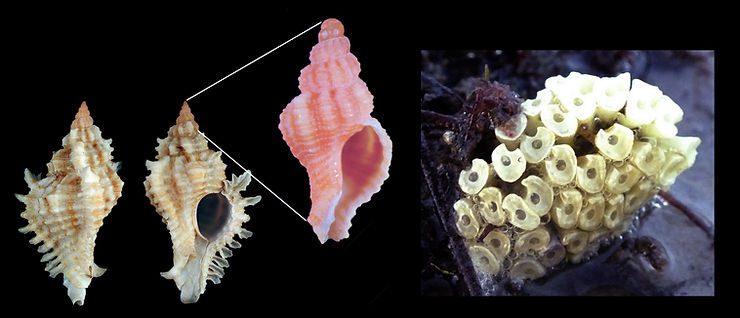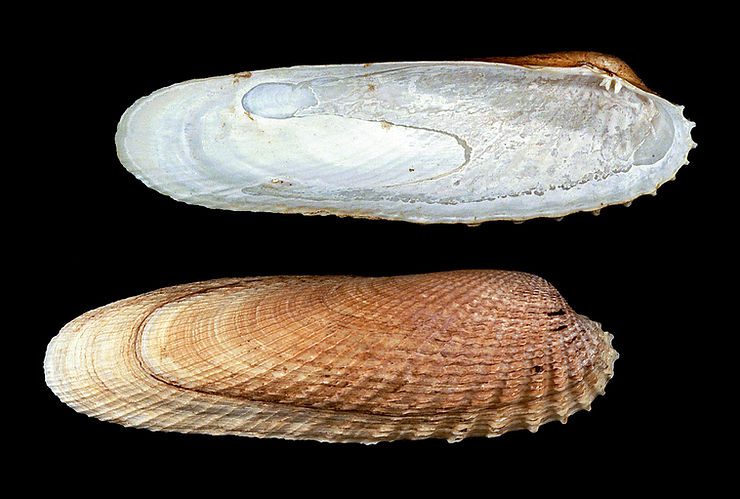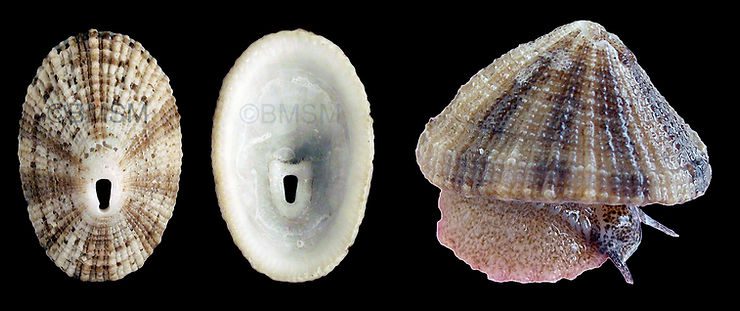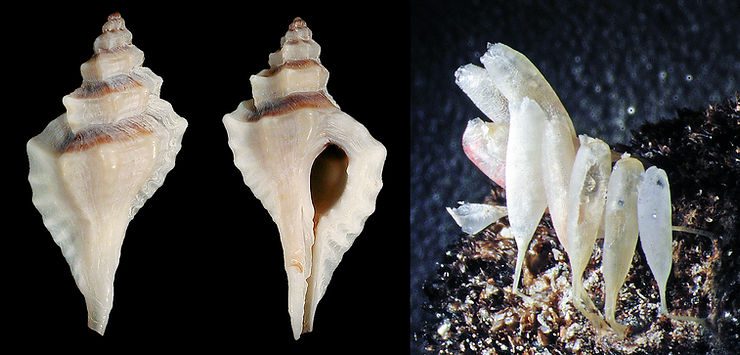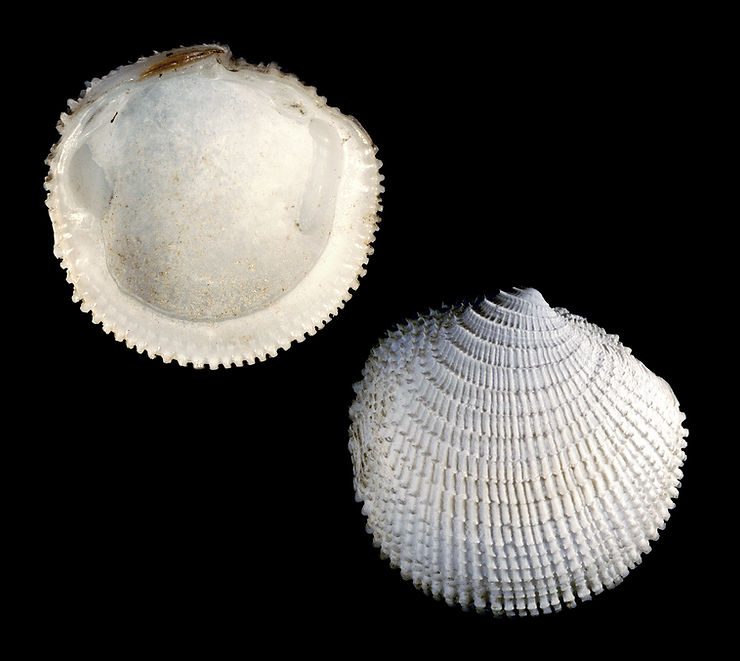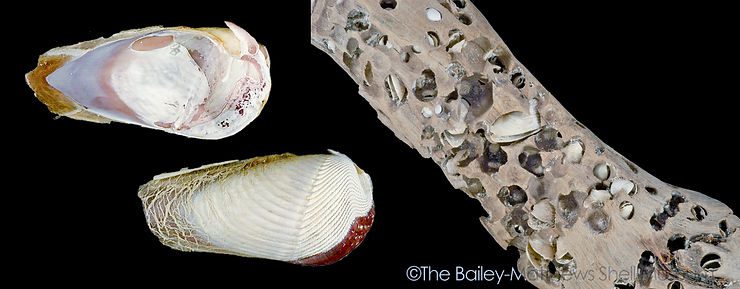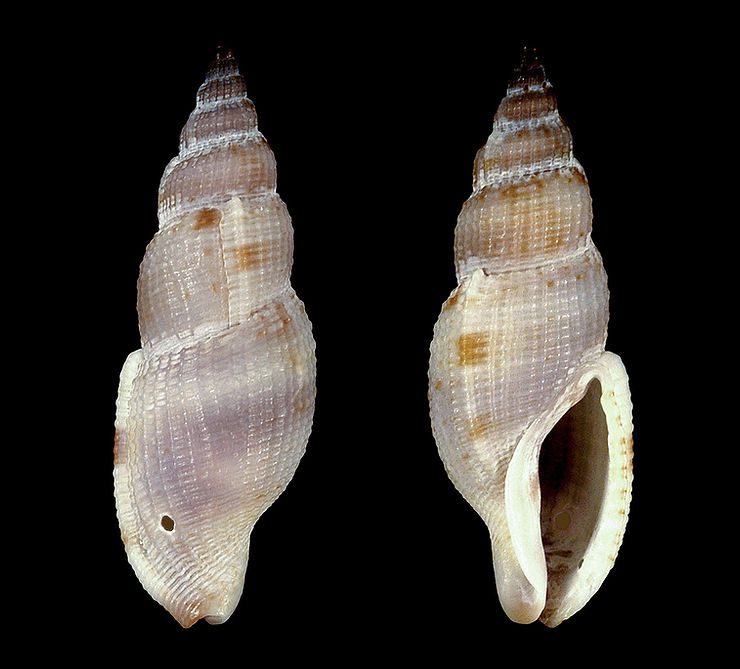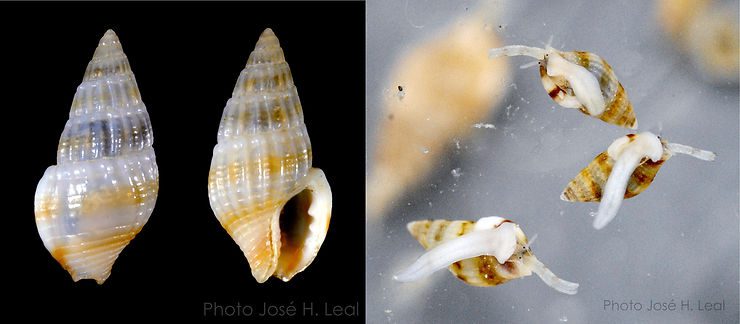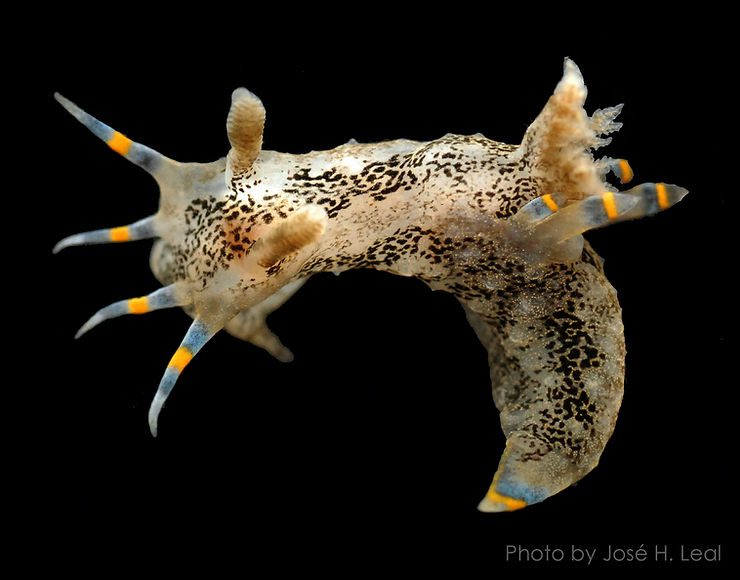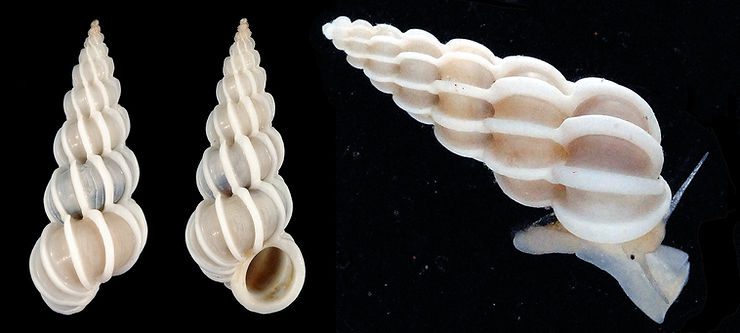
The Humphrey Wentletrap
The Humphrey Wentletrap, Epitonium humphreysii (Kiener, 1834), is one of the many species of the family Epitoniidae present on Sanibel and other parts of the eastern Gulf of Mexico. As is true for other species of Wentletraps, it may be found most abundantly on the eastern half of the island, from the Lighthouse to Gulfside City Park Beach. Wentletraps are known to feed on soft corals, and these are known to live in the relatively calmer waters of that part of the island. The live Wentletrap in
